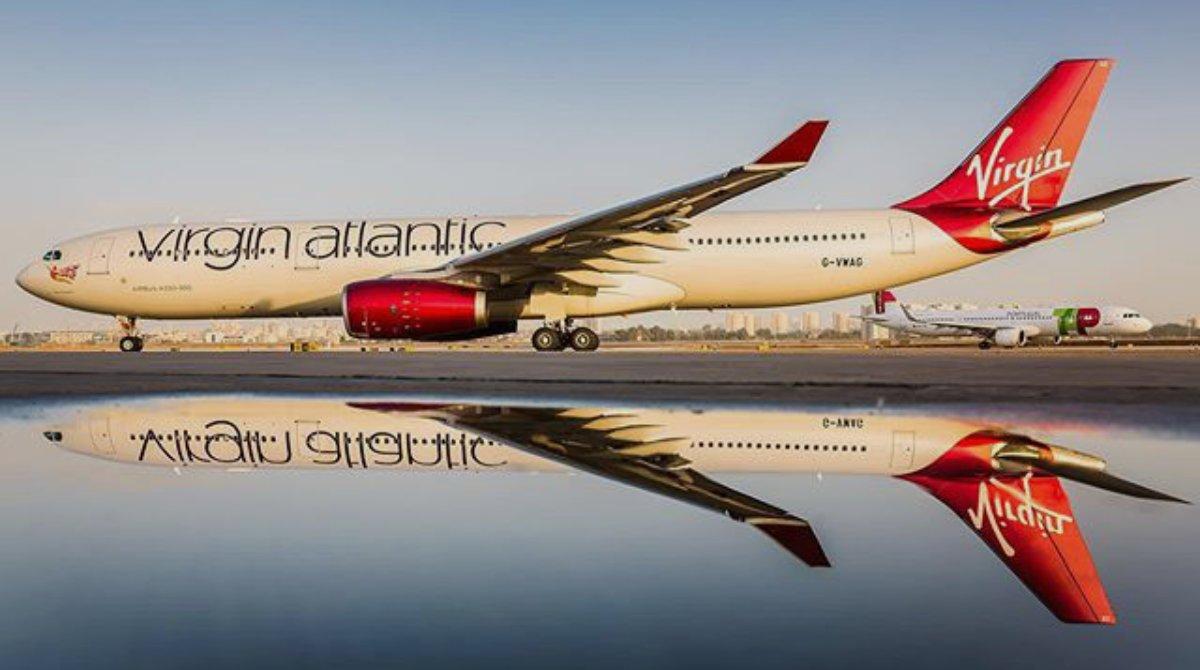
Credit: Virgin Atlantic
SAN JUAN, Puerto Rico—Airlines on either side of the Atlantic are seeing big recoveries in passenger demand this year—some even back to 2019 levels—while also dealing with operational challenges as the air travel system restores. There are also signs of changes in air travel passenger behavior...
Subscription Required
This content requires a subscription to one of the Aviation Week Intelligence Network (AWIN) bundles.
Schedule a demo today to find out how you can access this content and similar content related to your area of the global aviation industry.
Already an AWIN subscriber? Login
Did you know? Aviation Week has won top honors multiple times in the Jesse H. Neal National Business Journalism Awards, the business-to-business media equivalent of the Pulitzer Prizes.





